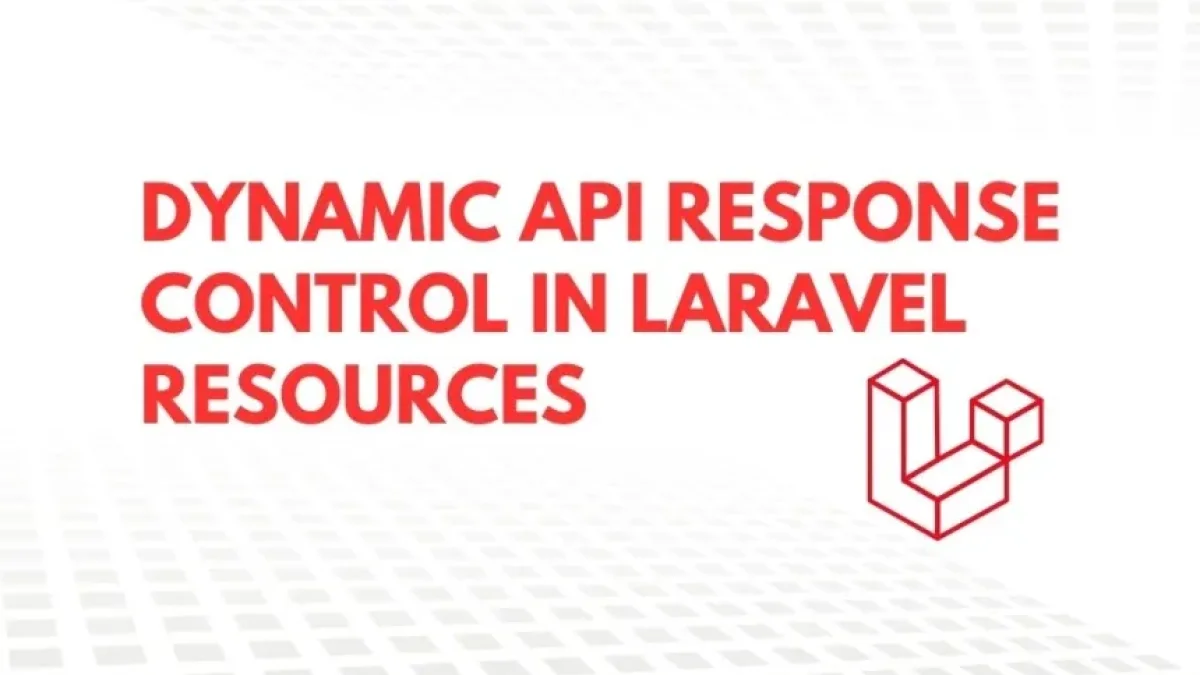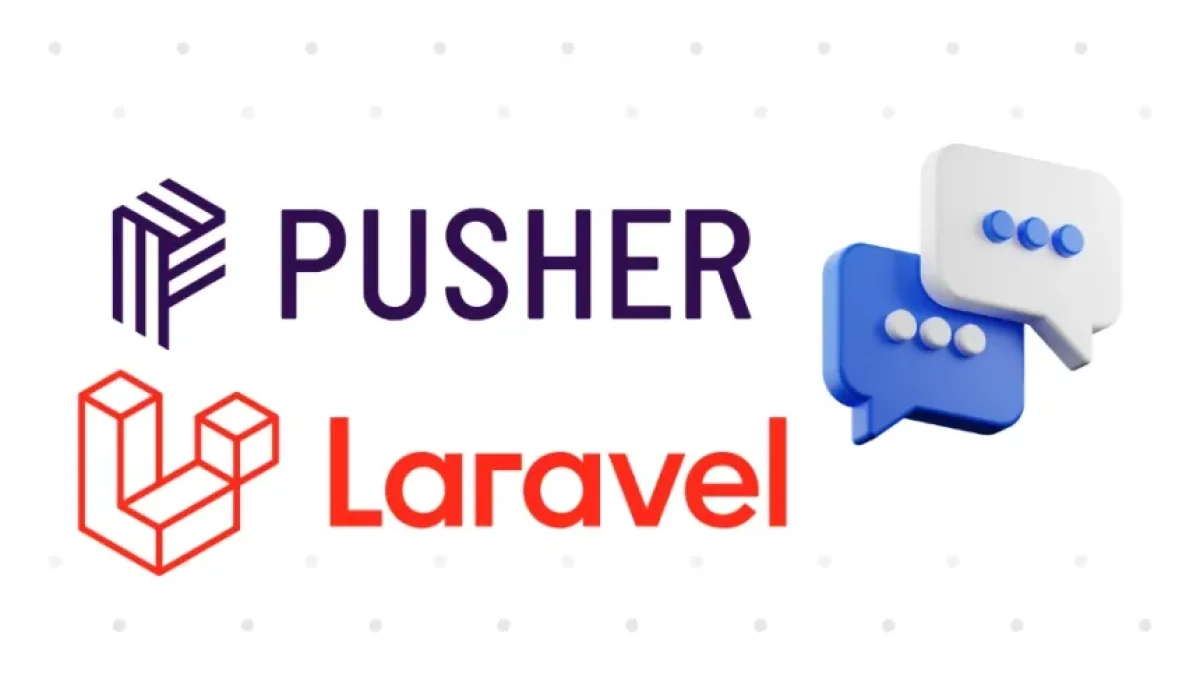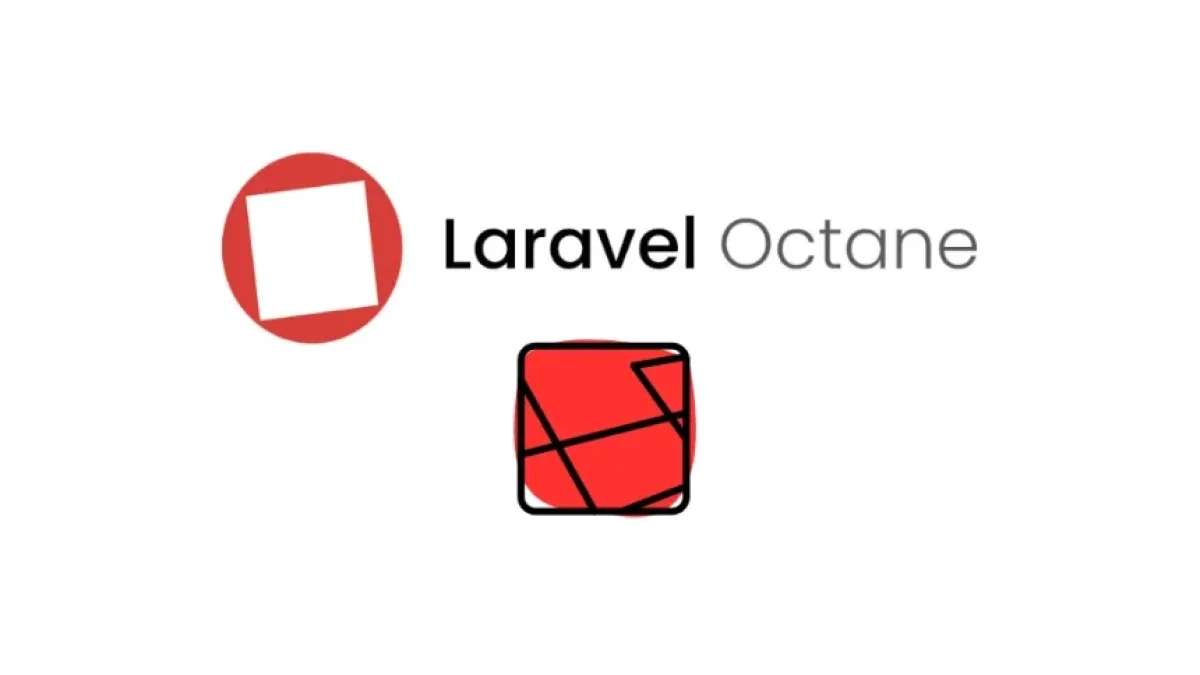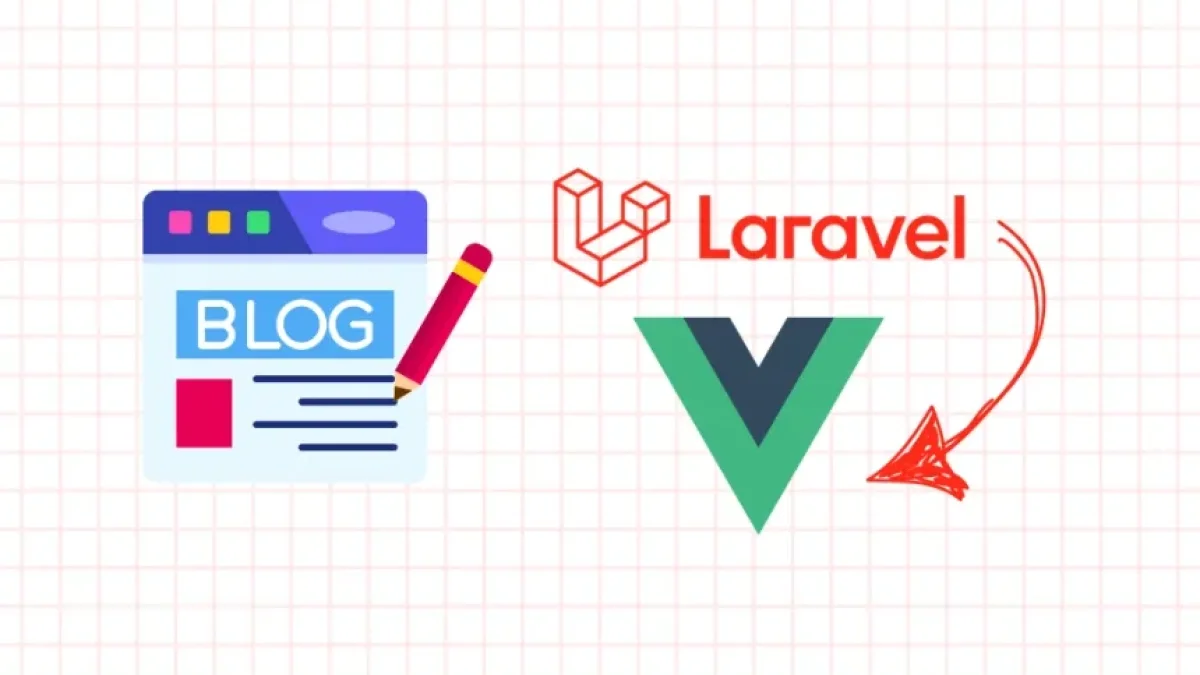Dynamic Control of API Responses in Laravel Resources


The Laravel framework has introduced a new approach to managing API responses, providing greater flexibility and control to developers. This improvement allows for the customization of response formats, which is crucial in modern applications where interaction with various platforms and devices is essential. Below, we highlight how to implement this dynamic control in Laravel Resources.
What are Laravel Resources?
Laravel Resources are a feature that allows for the transformation of Eloquent models and collections into JSON in a simple and structured manner. This tool simplifies the creation of RESTful APIs by ensuring that the information returned by queries is presented consistently and predictably. However, the customization of responses used to be a rigid process, limiting the adaptability of applications.
Introduction of Dynamic Control
With the new approach to dynamic response control, developers have the ability to customize API responses more efficiently. This is achieved through the implementation of conditions in Laravel Resources, allowing for the inclusion or exclusion of specific attributes based on client needs.
Read also
Implementing Dynamic Control
To implement this new dynamic control, it is necessary to modify the definition of the Resource. Below is a simple example of how to achieve this:
// Example of a Resource in Laravel
public function toArray($request)
{
// Get the authenticated user
$user = $request->user();
// Control the attributes that will be included in the response
$data = [
'id' => $this->id,
'name' => $this->name,
'email' => $this->email,
];
// Include attributes only if the user has permissions
if ($user->is_admin) {
$data['admin'] = $this->admin_attribute;
}
return $data;
}In this example, we check if the authenticated user is an administrator to determine whether to include an extra attribute in the response. This logic allows for greater adaptability and makes the API more secure and efficient.
Advantages of Dynamic Control
This new functionality offers multiple benefits:
Read also
- Flexibility: Allows for the inclusion or exclusion of data based on the context of the request.
- Security: Developers can omit sensitive information that should not be exposed in certain circumstances.
- Maintenance: Facilitates teamwork, as different contexts and business needs can be addressed with the same Resource without the need to create variants.
Conclusion
Dynamic response control in Laravel Resources is a significant advantage for developers looking to build more robust and secure APIs. This functionality makes it easier to adapt responses based on context, thereby optimizing the end-user experience. With this, Laravel solidifies its position as a powerful tool in modern application development.
I invite you to keep reading more news of this kind on my blog, where I share relevant content about technology and web development.



















